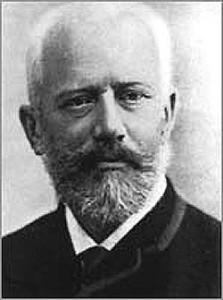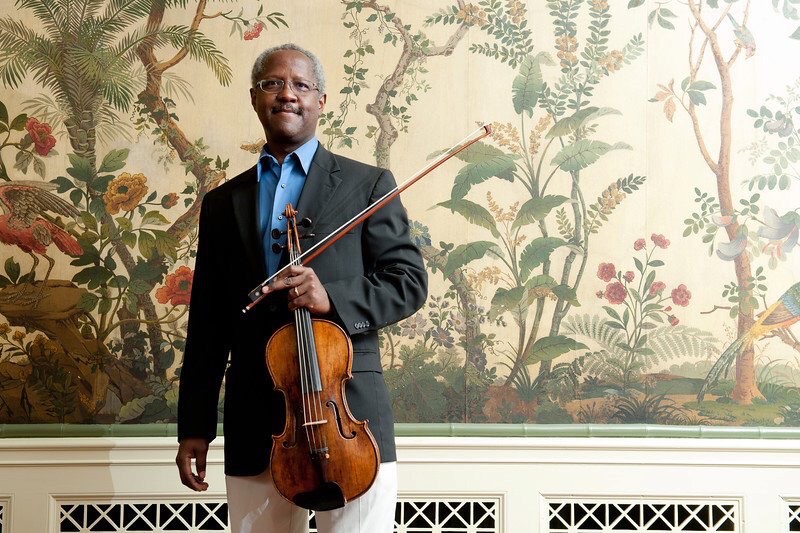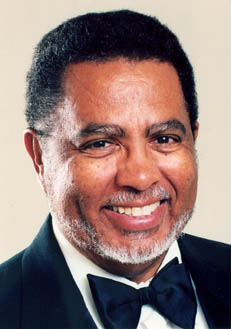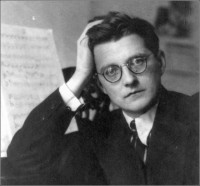Before each concert, we share “Manny’s Musings,” thoughts from our Music Director and Conductor, Manny Laureano. This is the final entry of the “Musings” for the “The Colorful Music of Russia” concert that will be performed on Sunday, February 16, 2020.
Symphony No. 4 in F minor, Op. 36
Piotr Ilych Tchaikovsky
Pretend for a moment that you are Tchaikovsky’s Symphony No. 4 in F minor and you’ve won a Grammy for “Most Dramatic Symphony Ever”… or something.
Look, just work with me for a moment.
Your award acceptance speech might go something like this:
“I’d like to thank Rudolph Kündinger for the early private musical lessons that my composer took even, though he never really believed Piotr Ilyich Tchaikovsky (1840-1893) would amount to anything. I’d like to thank the Russian Musical Society and the St. Petersburg Conservatory for not only providing him with an opportunity to further his musical studies but saving him from a life as a civil servant. Next, I’d like to thank his fellow Russian composers for recognizing his talent and even allowing their own works to be influenced by his new style of writing music like me. This group includes that august cadre of nationalist composers known as “The Five.” You know who you are.
(At this point the you wink at composers Balakirev, Cui, Borodin, Rimsky-Korsakov, and also Mussorgsky who—once again—has shown up drunk to the event.)
“Next, I’d like to thank my composer’s dear friend and confidant, Nadezhda von Meck, who stood by him through the tough times, especially that rather unfortunate marriage to that sweet girl, Antonina Miliukova. I recall she was a fine singer but really didn’t understand what she was getting into with him. It was a mess and didn’t last long at all, even by celebrity marriage standards. Anyway, thanks Madame von Meck, for inspiring my composer to work and financially supporting him so he could forge on. I’ll never forget that time you pestered him for an explanation of ‘our’ symphony even though he really didn’t have a specific program. Remember what he wrote to you?:
‘Fate, the decisive force which prevents our hopes of happiness from being realized, which watches jealously to see that our bliss and peace are not complete and unclouded, and which, like the sword of Damocles, is suspended over our heads and perpetually poisons our souls.’
“Dude… a bit much, no?
“Finally, I’d like to thank Almighty Beethoven for the influence that helped fashion that fate theme you all hear at the beginning of the first movement and keep bringing back, much the same way Beethoven used his famous four-note motif. I think it’s the most important part of my compositional structure as a symphony. I do have to mention the oboe solo that sets off my second movement and the unprecedented use of pizzicato in the Scherzo were pretty clever (by the way, the piccolo player would like a little more time playing instead of having to wait two-and-a-half movements before she plays a note—just sayin’). Even though my composer will likely go on to write some great music after me, I would wager that there will be no more exciting ending to a symphony than what he has me do in the Finale. Wow… talk about throwing in the kitchen sink…. good times, good times.”
At this point you make some rambling statements about the Tsar of Russia before you get hustled off the stage by the show’s producers.

Join Music Director & Conductor Manny Laureano, for the concert, “The Colorful Music of Russia” featuring BSO Concertmaster Michael Sutton as soloist. The concert takes place on Sunday, February 16, 2020, at 3 p.m., at the Gideon S. Ives Auditorium at the Masonic Heritage Center (11411 Masonic Home Drive, Bloomington)
To learn more about the concert, click here. You can order tickets online through the Masonic Heritage Center Box Office, or by calling 952-948-6506.









